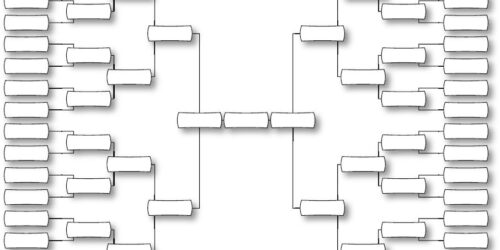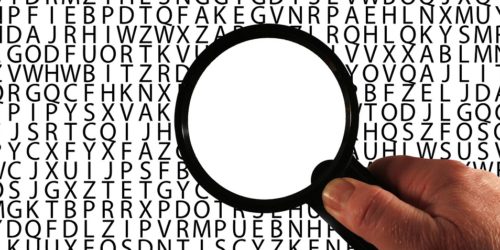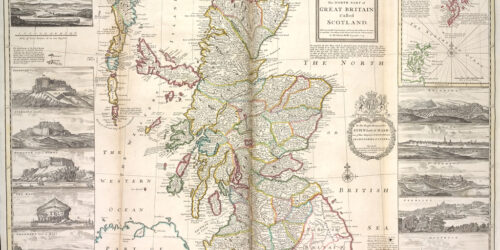Family History – Easy, Difficult, or Impossible?
So right out of the gate, we are posing an interesting question for you: is family history easy, difficult, or impossible?
And here’s the answer to the question—all of the above.
That may not the answer you were looking for (at least it’s not “42”, for Hitchhikers’ Guide to the Galaxy fans). Let’s take a look at why family history may be easy, difficult, or impossible—one answer at a time.
The Case for Easy
Most people who have not done much family history would probably not be saying that it’s easy to do. In fact, the notion that family history is difficult or impossible may be one of the main reasons people don’t get involved. But some elements of family history can be relatively easy to do, and these are often some of the most essential to do. Here are a few of them, including links to sections in The Family History Guide that discuss them:
- Gather your own family history records, including documents, stories, and photographs.
- Gather records from others, such as immediate and extended family members.
- Get signed up with an online family tree (FamilySearch, Ancestry, Geneanet, etc.) and start building your tree. If your computer skills are limited, you may want to get help with this.
- Start a personal or family journal to record your experiences for posterity.
- Interview another person, such as a senior, about his or her life. Record the session and transcribe it.
- Try one of the family history activities for families, individuals, youth, or kids.
Remember: everyone’s definition of easy will differ. This is especially important to understand as we help others with their family history. What may be easy for us, perhaps through years of practice, may at first seem difficult or intimidating for them.
The Case for Difficult
Of course, not all family history is easy to do. Some of it requires special skills, and much of it requires substantial time and effort. The key here is focusing on “easier” rather than “easy.” In fact, part of the Mission Statement for The Family History Guide is making everyone’s family history Journey easier.
Three essential things that will help you convert difficult family history tasks into easier ones are good tools, good strategies, and sufficient practice. Here are a few examples:
- Do online record searches—Get to know the important record collections, use expert search tips and guidelines, and keep track of what you find, and don’t find.
- Do research in various countries—Understanding the language, geography, culture and history of a country is essential for successful research, This can be difficult, but the benefits can be great, from both a research and a personal standpoint.
- Evaluate genealogical information—Where did that information come from? Is it reliable? Does it conflict with other sources? Developing your evaluation skills, such as using the Genealogical Proof Standard, will help you avoid mistakes and incorrect assumptions in your research.
The Case for Impossible
When is a genealogical task or objective impossible? The answer may be surprising: we tend to mistake difficult things as impossible, and we can waste time trying to do some things that are actually impossible.
Genealogist James Tanner remarks that when he’s helping others with research, they sometimes say, “I’ve searched all the records I can, and there just isn’t anything more about my ancestors.” His reply is basically this: we aren’t old enough to have actually searched all the possibilities. For example, there are millions of genealogical and historical eBooks online that may provide clues to locations and events in our ancestors’ lives.
On the flip side, there are actually some things in genealogy that are just not possible to do. One example would be trying to find a birth certificate for a person who was born before birth certificates were issued in his state or country. Or, looking in the wrong location to find a marriage record, when the bride and groom may have never set foot in that county or state. Or trying to find your ancestor in records that have been destroyed, such as most of the 1890 U.S. Census.
But there are alternatives, and that’s what makes genealogy intriguing and rewarding. You can, for example, get clues about birth and marriage information in church records, land records, and many other sources. You can often find workarounds for missing or destroyed records. The important thing is to not spend time on the truly impossible but instead focus on the alternatives that may be difficult but are certainly doable.






